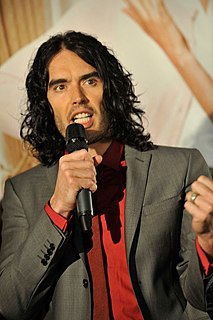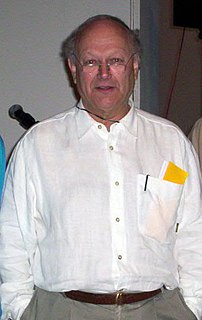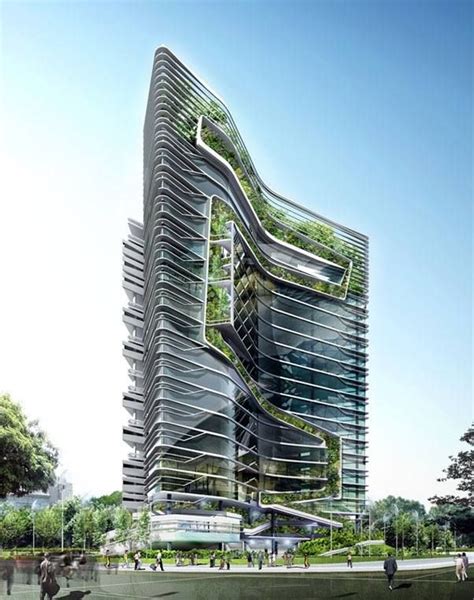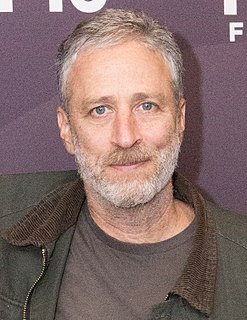A Quote by Ma Yansong
We try to turn buildings into landscapes - defying the idea of modernism which sees nature and buildings as two distinct elements.
Related Quotes
There was a time in our past when one could walk down any street and be surrounded by harmonious buildings. Such a street wasn't perfect, it wasn't necessarily even pretty, but it was alive. The old buildings smiled, while our new buildings are faceless. The old buildings sang, while the buildings of our age have no music in them.
Layering and changeability: this is the key, the combination that is worked into most of my buildings. Occupying one of these buildings is like sailing a yacht; you modify and manipulate its form and skin according to seasonal conditions and natural elements, and work with these to maximize the performance of the building.
There are hundreds of Frank Lloyd Wright buildings around the United States and in other countries, too. Wright lived into his 90s, and one of his most famous buildings, the Guggenheim Museum in New York, was completed just before his death. Wright buildings look like Wright buildings - that is their paradox.
I'm very interested in buildings that adapt to changes in climatic conditions according to the seasons, buildings capable of responding to our physical and psychological needs in the way that clothing does. We don't turn on the air-conditioning as we walk through the streets in high summer. Instead, we change the character of the clothing by which we are protected. Layering and changeability: this is the key.
When you travel, you can see lots of great buildings and monuments and stuff, but the best part of traveling is meeting people as you go. Those are the people who made the places you go to anyway. All my memories of traveling - yeah, there are some buildings or landscapes that I'll always remember - but I still think I remember the people I meet more than any of that.
































